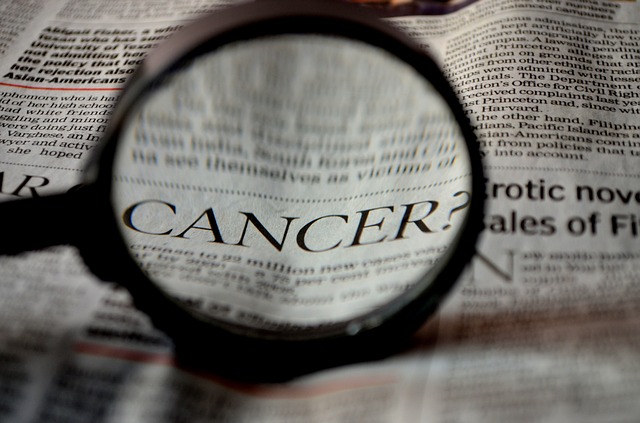|
|
||
|
Part 3 of a multi-part series on cancer surveillance and data collection in the United States. 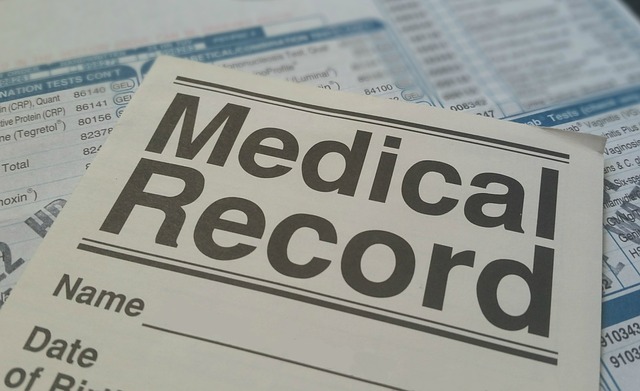 Cancer Registries are staffed with Cancer Registrars who have met the stringent and complex requirements for education, training and work experience. While some Registries have non-credentialed staff who perform administrative tasks or are in training for their credentialing exam, most Registrars are certified tumor registrar’s, or CTRs. Only CTRs can abstract from the medical record cancer information that is reported and used for statistical and quality studies. There are several processes, or phases, to cancer data collection and reporting. It starts with casefinding, or identifying the people with cancer who have been diagnosed or treated at the hospital or other medical facilities. Most patient’s start their cancer journey with a visit to their primary care physician (or PCP) and are then referred to specialists who will diagnose and recommend treatment for their specific type of cancer. “Casefinding is like casting a net far and wide to “capture” all the reportable cancer cases.” (1) CTRs look at the medical record and through manual or automated processes enter the cancer site, histologic type, patient demographics (such as gender, race or age) and the extent of disease (or the stage) into the case abstract. Some Cancer Registries will collect additional medical and scientific data elements, such as the type of treatment, and then follow the patient each year to track any reported recurrence and lifetime survival. (1) Surveillance, Epidemiology and End Results (SEER), National Cancer Institute Part 2 of a multi-part series on cancer surveillance and data collection in the United States.  Cancer data is collected in the USA by a system of registries. Data collected depends on the purpose of each registry and there are two primary types:
Hospital Registries provide hundreds of data elements, some of which are quite complex, that is used to study and evaluate the patient care process given within the hospital. Hospital-based data is focused on things like the care of the cancer patient (from diagnosis, treatment and on to lifetime follow-up) to educating the healthcare providers. If a hospital is part of a system or affiliated group of hospitals they may pool their data and use the collective information to learn more about how the different types of cancers respond to the care given system-wide. Pooled data can be used in studies to compare trends or patterns of care, demographic or population subsets or by geographic region. 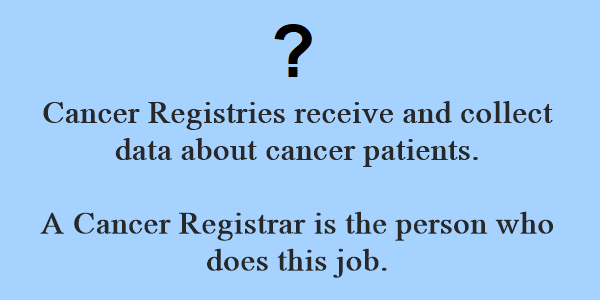 Population-Based Registries are often a part of a state, or even national, health department system. They collect the information on all cases diagnosed within a certain geographic area. They also pull together information from the reporting facilities within their geographic region that may include, but is not limited to:
Population registries use this larger pool of data to study new cancer cases (or incidence) and death rates (or mortality) in the regions across the United States. Population-based registries can look at cancer rates in certain types of jobs or groups of people, and see if the cancer survival is improving or not in each group. They can also watch trends over time to find out if the rate of a certain type of cancer is increasing or declining over time. Lastly, they can monitor the incidence or mortality rates in age or ethnic groups to see who is most affected by different types of cancer. One example of this type of analysis is published in the Cancer Facts & Figures each year by the American Cancer Society. Information also reported by hospital-based and population-based registries helps to guide local, regional and national cancer prevention and control programs that focus on changing certain behaviors (like smoking), lifestyle (like healthy eating habits) or environment risks (like asbestos exposure). The data from a cancer registry helps to identify a specific need for increased cancer screening (like lung cancer screening) in a certain region or area. 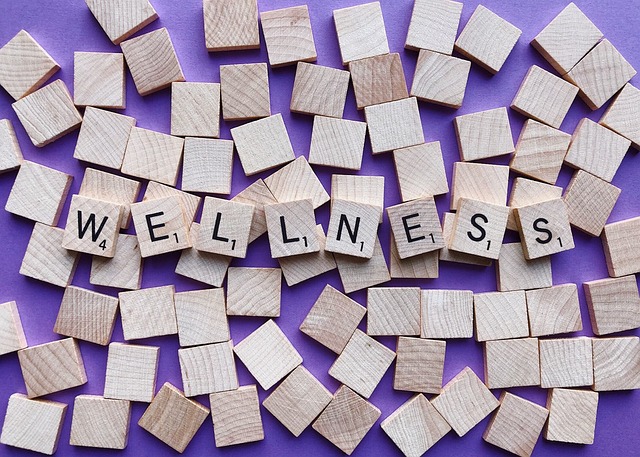 We know that taking care of our physical health is important. Not smoking, drinking in moderation, eating right and exercising are all important aspects of our physical health. But, do you take care of your emotional health too? Do you have an overall sense of happiness and well-being? Webster’s Dictionary defines well-being as “a state characterized by health, happiness, and prosperity; welfare.” High levels of well-being have been shown to:
Stated another way, maintaining a positive outlook, expressing gratitude and being happy goes a long way to protecting your overall health and well-being. According to the Mental Health America website, here are some things you can do to achieve a greater sense of well-being:
By making frequent small changes in your life you will see your well-being and happiness increase. Each of us is capable of improving our well-being but you do have to start to reap the benefit. 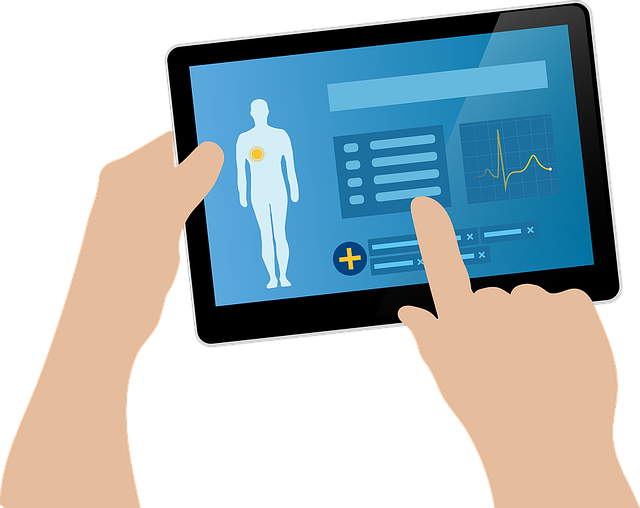 The causes, symptoms, and treatment of cancer can be enormously complex. Upon being diagnosed, people are often thrust into a medical world that is completely unknown to them. Some find themselves in the position of having to make complicated treatment choices in a short amount of time. Given that research indicates that more than one-third of U.S. adults have limited health literacy, that prospect can be overwhelming.1 Of course, physicians and nurses counsel patients and explain their options, but a recently diagnosed patient is often not in the best place to absorb complex medical information and make life-changing decisions. Clinicians, accustomed to medical jargon, may assume that patients possess a baseline medical knowledge that they do not. Patients and caregivers may be hesitant to speak up and request that the provider explain terminology or slow down, leaving them confused. This can compound the anxiety that patients are already feeling, making it less likely that they will participate in their own care. To address this, the National Cancer Policy Forum and the Roundtable on Health Literacy of the National Academies of Sciences, Engineering, and Medicine hosted a workshop in July 2019 to generate strategies to support patients with varying levels of health literacy. The workshop participants defined health literacy as “the degree to which individuals can access, comprehend, and use information to make healthcare decisions.” The workshop convened a panel of patients, patient advocates, clinicians, researchers, and representatives from healthcare organizations, academic medical centers, insurers, and federal agencies. Speakers discussed the barriers to effective communication in cancer care, specifically when trying to meet diverse health literacy needs and ensure culturally competent communication. In February 2020, the National Academies published “Health Literacy and Communication Strategies in Oncology: Proceedings of a Workshop,” summarizing the participants’ observations and recommendations and proposing strategies for improvement in multiple areas. Among the recommendations: Promote more effective communication between providers and patients.
Counter misinformation in the public sphere about cancer treatment.
Meet the health literacy needs of diverse populations and promote culturally competent communication.
Promote health literacy within healthcare organizations.
To help cancer programs evaluate and promote health literacy within their organizations, ACCC has developed a health literacy gap assessment tool. By completing the assessment, cancer programs can identify opportunities for advancing health literacy and subsequently enhancing patient care. ACCC has also created a list of curated resources for programs to use post-assessment. For more information on the proceedings of the National Academies Workshop on Health Literacy and Communication Strategies in Oncology—including information on leveraging media for cancer education and prevention, responding to the specific needs of adolescents and young adults (AYAs) with cancer, promoting continuing care through survivorship, and teaching patients self-management—refer to the full text. (Thank you Association of Community Cancer Centers for your generous sharing of this content. To view the post at the ACCC site, please click here.)
 Is it possible that there are, literally, thousands of drugs that are available over-the-counter (OTC) that are available to treat cancer? In a recent study by the Broad Institute of MIT and Harvard and Dana-Farber Cancer Institute researchers reported that they have systematically analyzed thousands of drug compounds and discovered anti-cancer activity. These surprising findings also revealed possible ways to accelerate the development of new cancer drugs or how existing drugs may be repurposed to treat cancer. The entire study was published in Nature Reviews Cancer (note: a fee may be required to access this article). According to Dr Steven Corsello, an oncologist at Dana-Farber and founder of the Drug Repurposing Hub, they found nearly 50 non-cancer drugs that killed some cancer cells while leaving others alone. Initially these drugs were marketed to lower cholesterol or reduce inflammation. He noted that some of the compounds killed cancer cells in unexpected ways but the drug mechanisms were easier to find using a cell-based approach measuring cell-survival instead of a more traditional non-cell-based screening method. Researchers are continuing to study the repurposing of compounds in more cancer cell lines and to grow the hub to include even more compounds that have been tested in humans. You can visit the hub’s website to learn more about the data scientists have collected from this and ongoing studies. At this time the Hub includes information gathered from over 4,500 different drugs. On January 9, 2020 the Commission on Cancer (CoC), American College of Surgeons (ACoS) announced the release of six operative standards in the CoC Optimal Resources for Cancer Care 2020 Standards (Standards 5.3 through 5.8). These new standards will go into effect in January, 2020 and implementation phased in over the calendar year. CoC accredited facilities will not be rated on the new standards until 2021 site visits. The CoC is developing resources related to the operative standards to assist accredited programs with implementation. In the future they plan on releasing synoptic reporting templates and smart-phrases for use, including electronic medical record (EMR) integration. To read more about the standards requirements and resources, click here. Published in: The Baltimore Sun / Reuters, May 8, 2013 NEW YORK (Reuters Health) – Professional medical societies don’t often consider costs when they’re developing their treatment guidelines for specific conditions, according to a new study. Researchers found that just over half of the top medical societies with at least 10,000 members considered costs when developing best practices. The other half either implicitly considered costs or didn’t address them at all. “Even when they said they looked at costs, they didn’t seem to have a clear, consistent or rigorous way to do so,” said Dr. Steven Pearson, the study’s senior author and a visiting scientist in the Department of Bioethics at the National Institutes of Health in Bethesda, Maryland. |
||




